Wildlife poaching—the illegal hunting, capturing, or killing of wild animals—is more than just a crime against nature.
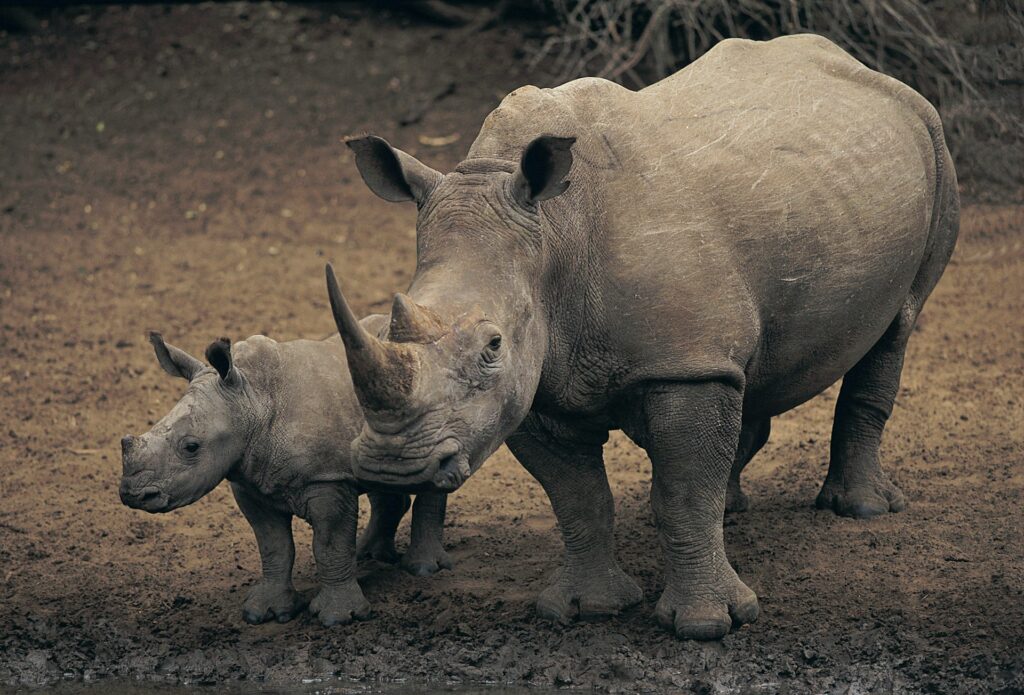
It’s a profound threat to our planet’s biodiversity, ecological balance, and environmental stability. From iconic species such as elephants and rhinos to lesser-known but equally vulnerable animals like pangolins and sea turtles, poaching has left no corner of the animal kingdom untouched. The scale of this crisis is global, stretching from the savannas of Africa to the rainforests of Southeast Asia and even to remote marine environments. The consequences are sweeping and often irreversible, affecting not only animals but also the people and ecosystems that depend on them.
Poaching is often driven by a complex mix of economic desperation, cultural traditions, weak governance, and global demand for animal products. From traditional medicine markets to exotic pet collectors, consumers continue to fuel the illegal wildlife trade. But there are solutions. To address this issue in a meaningful way, we must examine the full picture: what causes poaching, how it damages ecosystems and societies, and what can be done—both locally and globally—to bring it to an end.
The complex reality of wildlife poaching
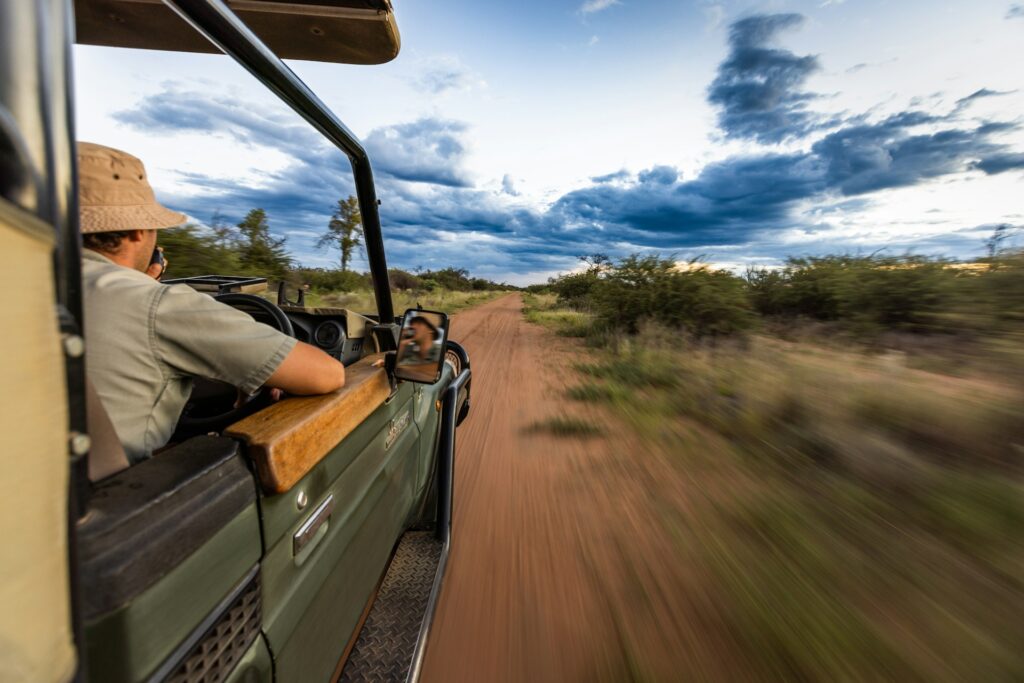
Wildlife poaching encompasses far more than the high-profile killing of elephants and rhinos. It includes the capture of animals for the illegal pet trade, the harvesting of marine life for their shells or fins, and even the trafficking of songbirds for sale in exotic markets. It is, in essence, any act that violates national or international laws protecting wildlife.
In many regions, poaching is both a symptom and a cause of instability. In areas plagued by poverty or political unrest, law enforcement is often too underfunded or outnumbered to combat well-organised poaching operations. These operations can be small-scale and opportunistic, or part of transnational criminal networks that also engage in drug trafficking, arms smuggling, and human exploitation.
The economic lure is hard to ignore. A single rhino horn can fetch tens of thousands of pounds, and ivory carvings remain in demand in black markets around the world. In countries where a family’s annual income may be less than the value of one tusk or horn, the incentive to poach can outweigh the perceived risks. According to the International Union for Conservation of Nature (IUCN), the illegal wildlife trade is valued at up to $20 billion per year globally—making it one of the most lucrative illegal industries in the world. What’s worse, there are many species that are under seige.
Elephants
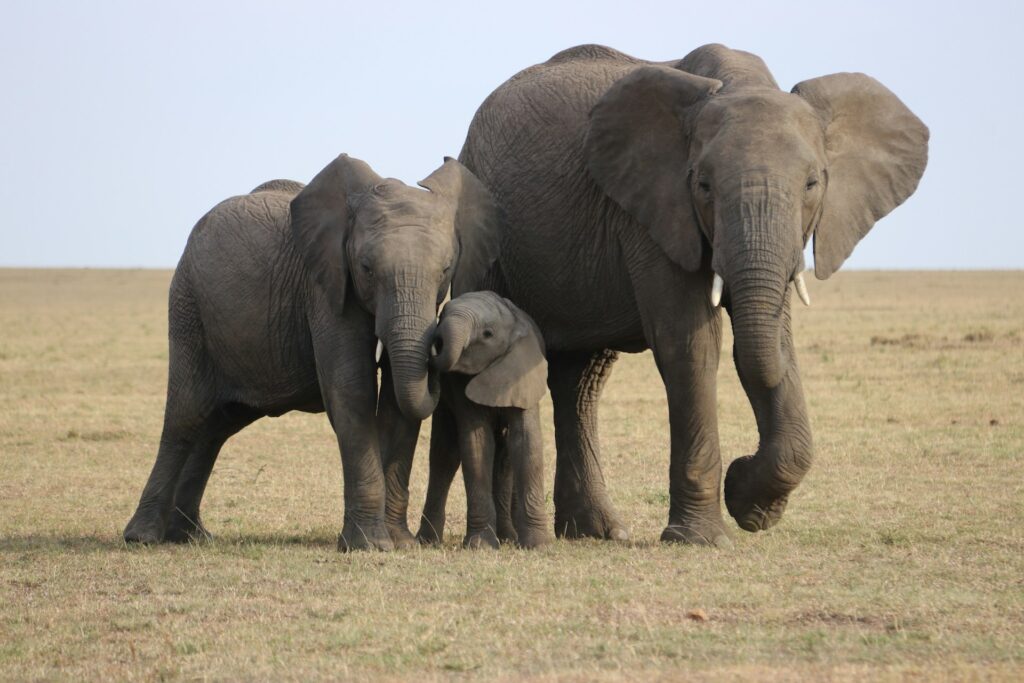
African elephants are among the most iconic victims of poaching. Targeted primarily for their ivory tusks, these gentle giants have seen populations decimated across many parts of the continent. Although bans on international ivory trade exist, enforcement remains patchy and domestic markets persist in some countries. The WWF reports that Africa’s elephant population has declined by over 30% in the last decade alone due to poaching.
Rhinoceros
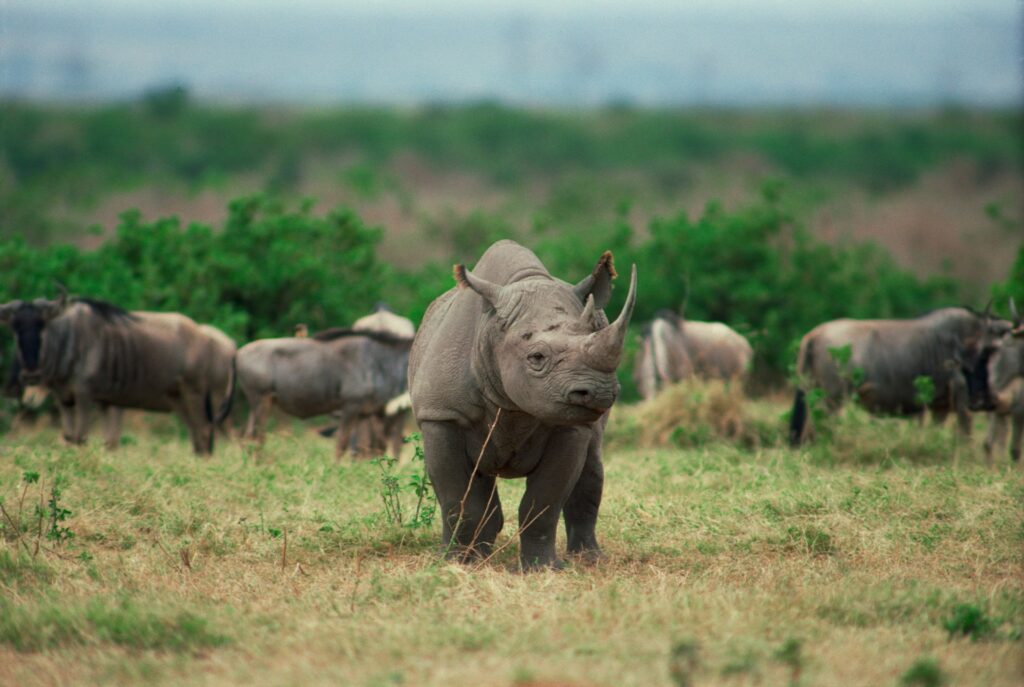
Rhinos, both black and white, are poached for their horns—believed to have medicinal properties despite scientific evidence to the contrary. In countries such as South Africa, poaching incidents peaked in the 2010s, with thousands of rhinos killed annually. Conservationists, including those at Save the Rhino, warn that without intervention, some subspecies may disappear entirely in the wild.
Tigers
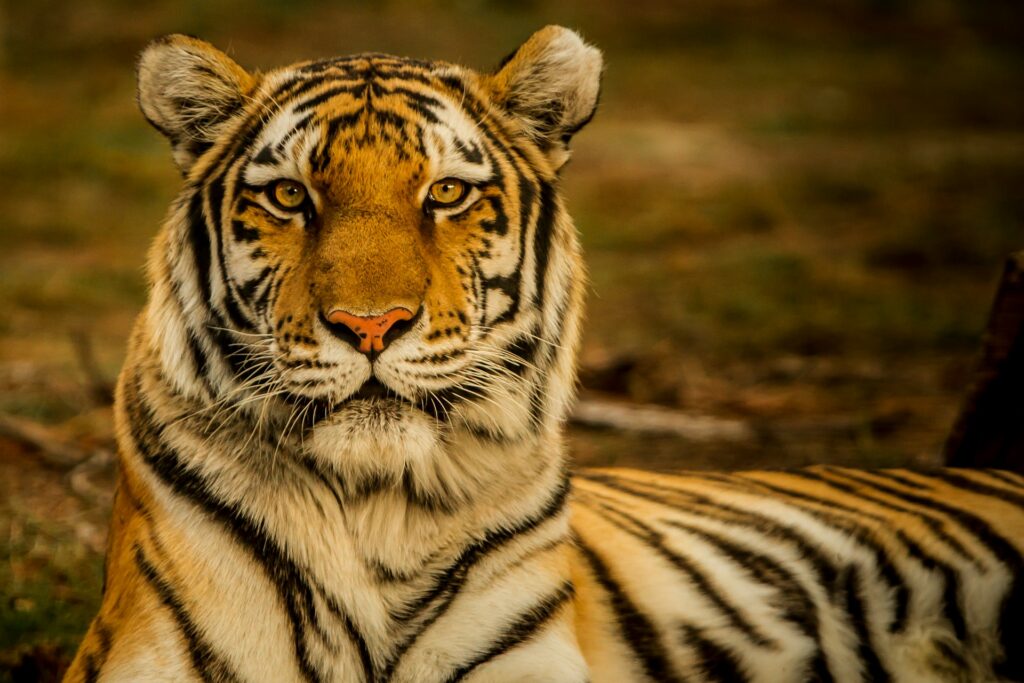
Tigers are another high-profile casualty. Their skins are prized as status symbols, and their bones are used in traditional medicine. Fewer than 4,000 wild tigers remain globally. Organisations like Panthera are working to protect their dwindling habitats and prevent further poaching.
Pangolins
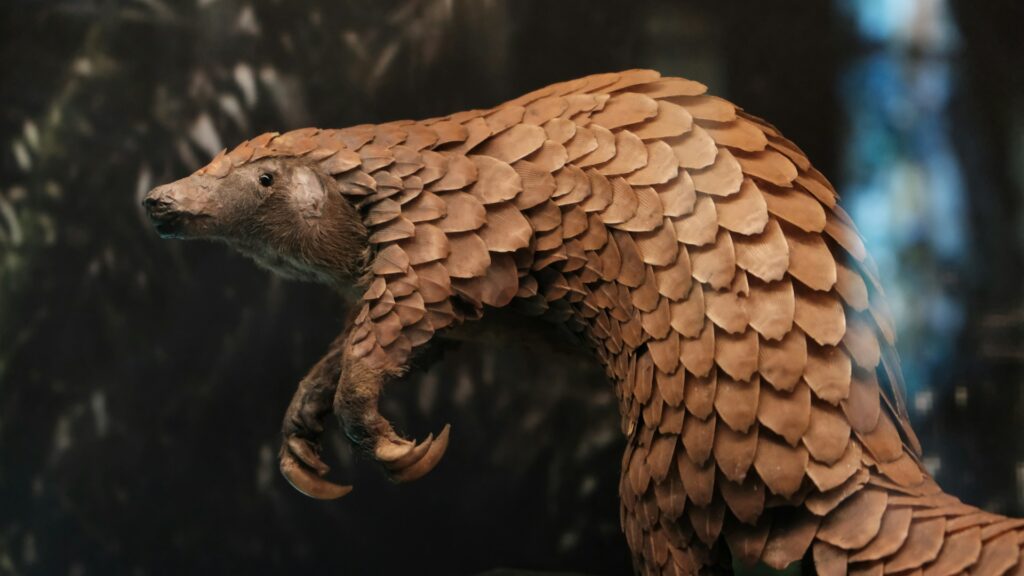
Often referred to as the world’s most trafficked mammal, pangolins are hunted for their keratin scales and meat. Despite international trade bans, demand remains high in countries like China and Vietnam. TRAFFIC has documented the seizure of hundreds of thousands of pangolins over the last decade.
Marine life and birds
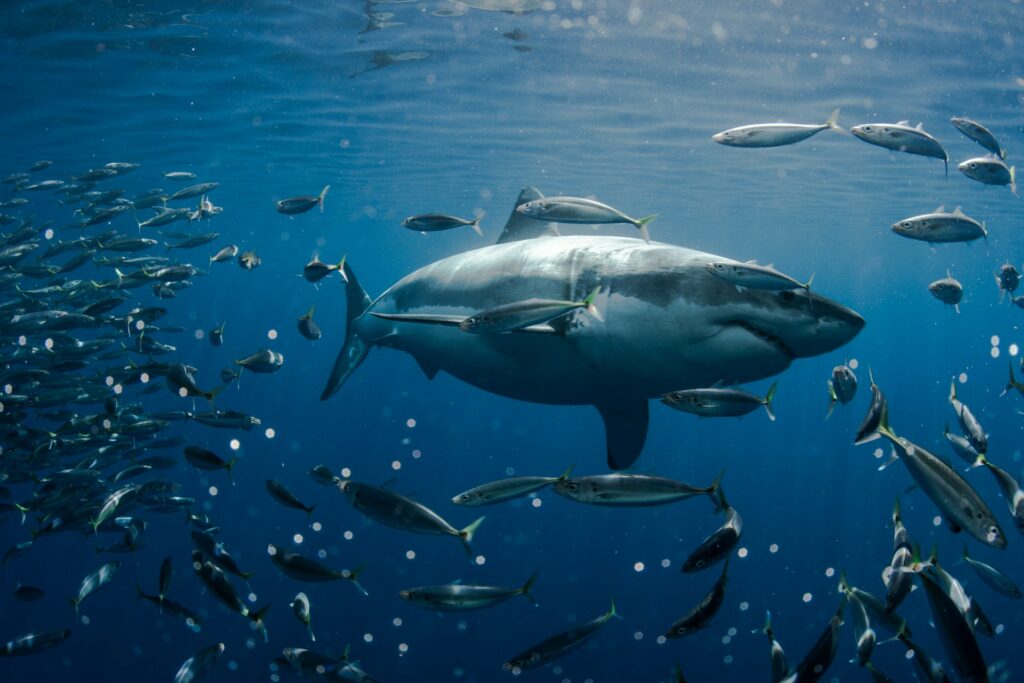
Marine species such as sharks are poached for their fins, while sea turtles are killed for their shells. In South America and Southeast Asia, parrots and songbirds are captured in vast numbers and sold into the illegal pet trade. These lesser-discussed victims of poaching remind us that the issue is not confined to land-based species.
Ecological Cconsequences

Poaching doesn’t just harm individual animals—it unravels entire ecosystems. Elephants, for example, are keystone species that shape their environment in ways that benefit numerous other plants and animals. By knocking down trees and spreading seeds, they help maintain biodiversity in savanna and forest ecosystems. Their disappearance causes cascading effects.
Apex predators like tigers and big cats maintain the balance between predator and prey. When these top predators are removed, prey populations can explode, leading to overgrazing or overbrowsing, which damages plant life and alters landscapes.
Even small-scale poaching has large-scale impacts. Removing too many herbivores can reduce natural fertilisation of soil through droppings, affecting vegetation health. Removing pollinators like certain bird species or bats disrupts plant reproduction. These changes contribute to biodiversity loss and weaken ecosystems’ ability to adapt to climate change and other environmental stressors.
Economic and social costs
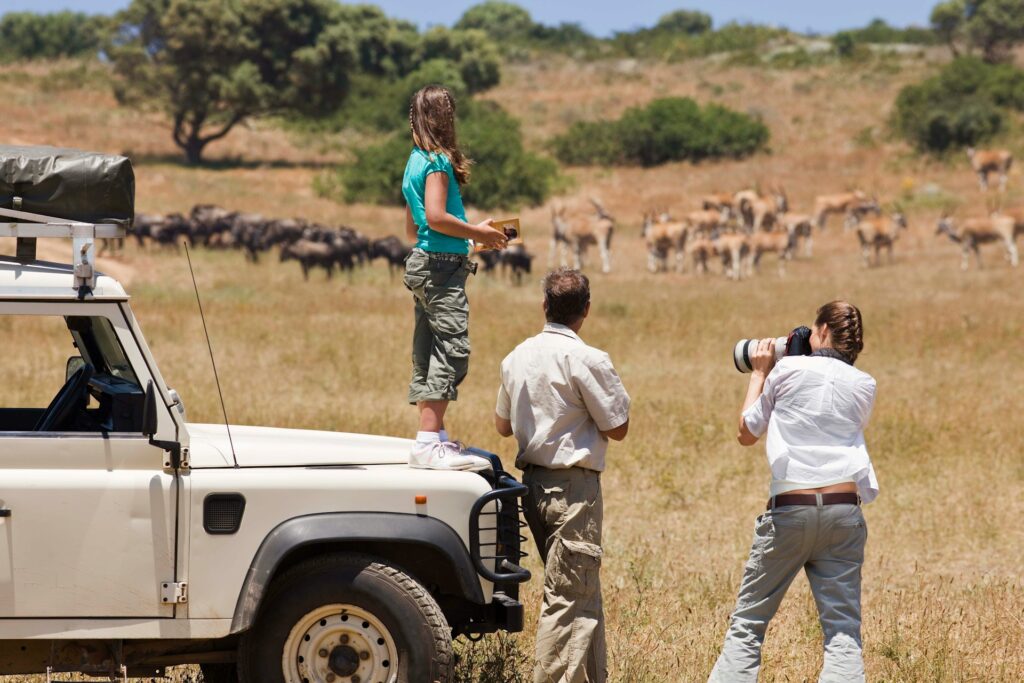
The loss of wildlife affects local economies in tangible ways. Eco-tourism is a lifeline for many communities, especially in regions with limited industrial or agricultural options. Wildlife safaris, guided tours, and nature lodges support jobs and fund public services. When animals are poached, these benefits vanish. Tourists are less likely to visit a reserve where the chance of spotting iconic wildlife is diminished.
Moreover, poaching often fuels conflict. Organised crime groups profit from the trade, using violence to control local communities or corrupt officials. This undermines governance and creates unsafe environments. In some regions, militias and rebel groups fund themselves through wildlife trafficking, further destabilising already fragile states.
Women and children are disproportionately affected. In communities reliant on subsistence economies, the ripple effects of poaching can lead to food insecurity, loss of income, and reduced access to healthcare and education. However, there are things that work to reduce this awful practice.
Strengthen enforcement.

Investing in ranger training, equipment, and technologies like GPS tracking, drones, and motion-triggered cameras has proven effective in many areas. Collaboration between law enforcement, local authorities, and international partners is crucial to dismantling organised poaching networks.
Empower local communities.

Conservation cannot succeed without local support. Programmes that create alternative livelihoods—such as craft making, wildlife guiding, or sustainable farming—provide communities with income that doesn’t rely on poaching. Initiatives like the community conservancies in Namibia have shown that empowering locals leads to better conservation outcomes.
Reduce demand through education.
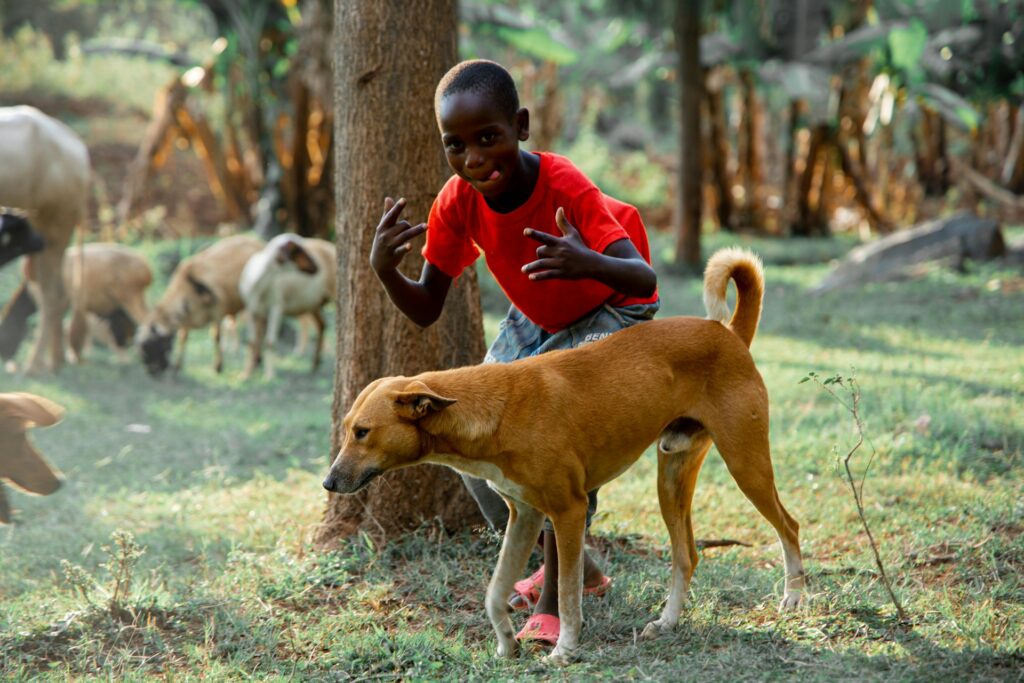
Consumer demand drives poaching. Public awareness campaigns, especially in countries where wildlife products are purchased, are essential. Changing cultural perceptions takes time, but progress has been made. China’s ban on ivory sales and increased youth awareness campaigns in Vietnam are positive steps.
Support international cooperation.
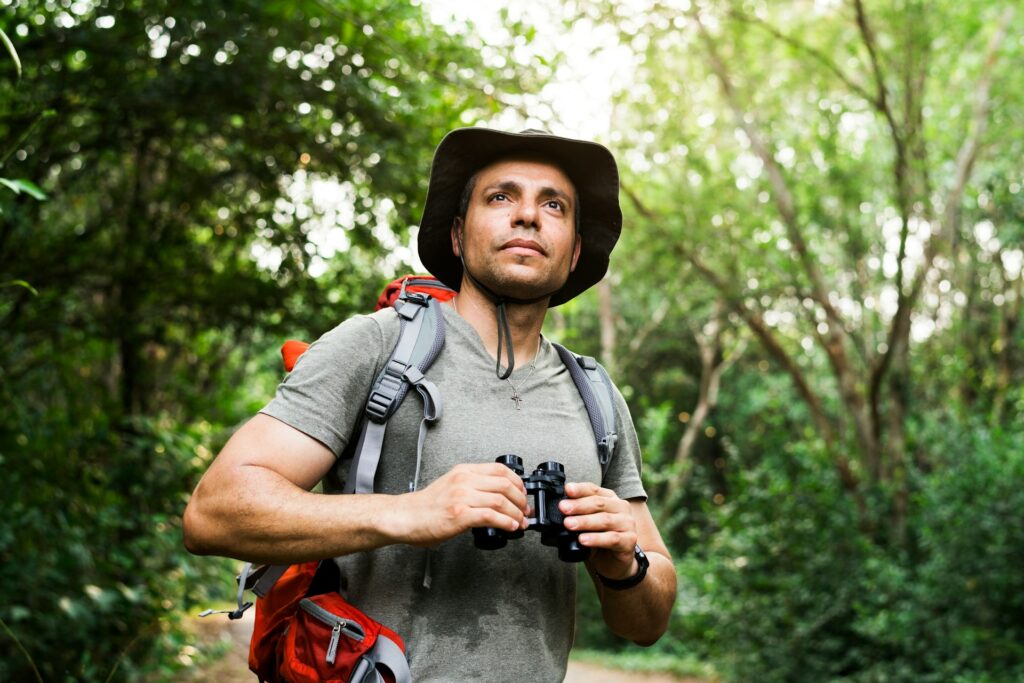
Global problems require global responses. Treaties like CITES must be strengthened, and countries must be held accountable for enforcing regulations. Intelligence sharing and coordinated border security can prevent trafficked animals and products from crossing borders unnoticed.
Embrace technology.
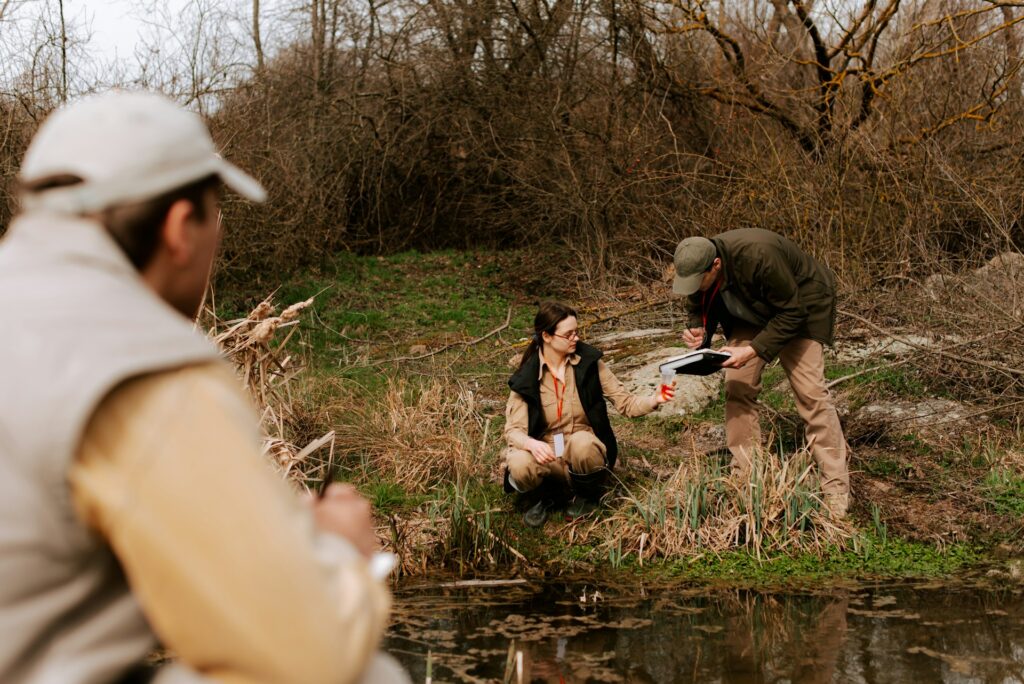
Technological innovation is becoming a key part of anti-poaching strategies. From satellite monitoring to AI-powered pattern recognition that predicts poaching threats, tech is revolutionising conservation efforts. DNA testing can also trace animal products to their origin, aiding prosecutions.
Looking ahead
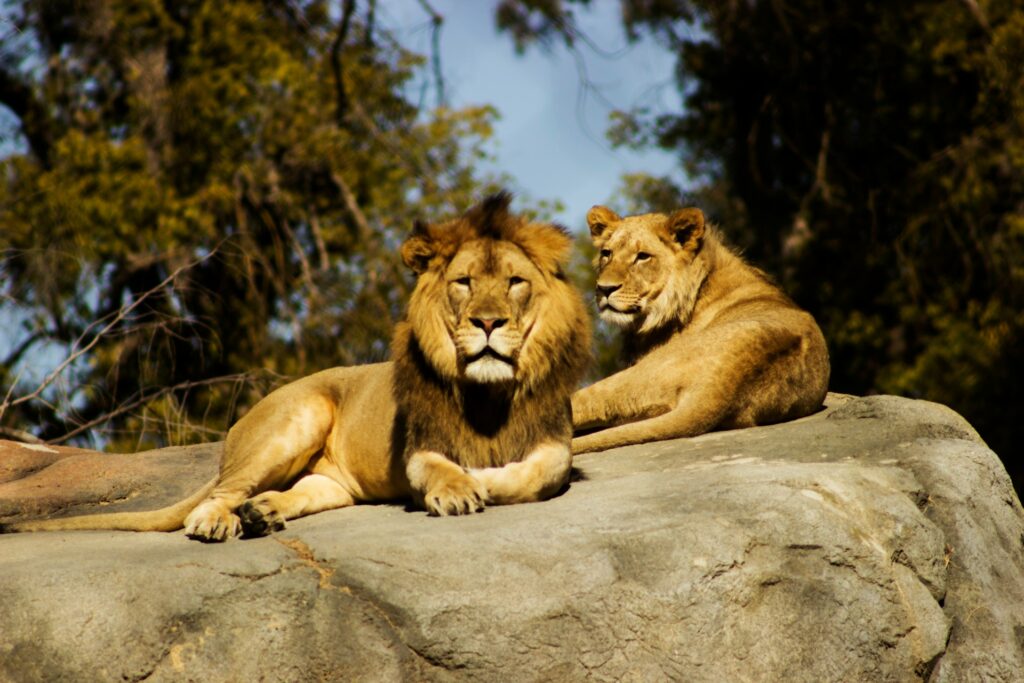
Wildlife poaching is a deeply entrenched issue, but it is not unsolvable. With coordinated effort, sustainable funding, and continued public engagement, real change is possible. Protecting wildlife isn’t just about saving animals—it’s about protecting the ecosystems we all depend on, supporting communities that coexist with nature, and preserving the natural heritage of future generations. Each of us, from policymakers and conservationists to tourists and consumers, has a role to play in ending poaching and restoring balance to the natural world.